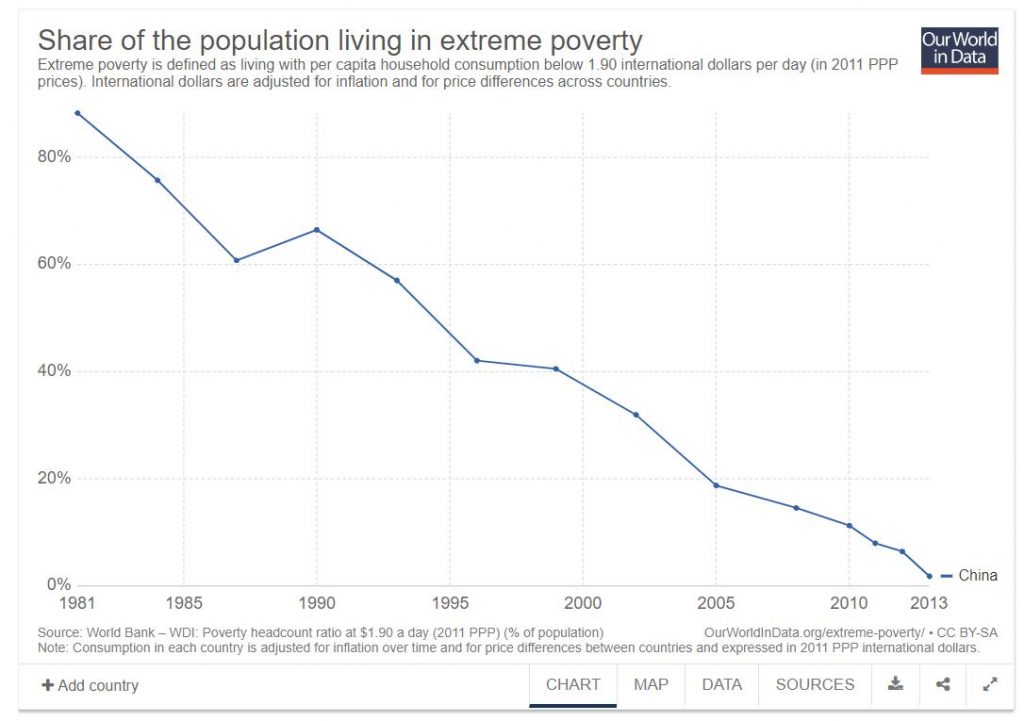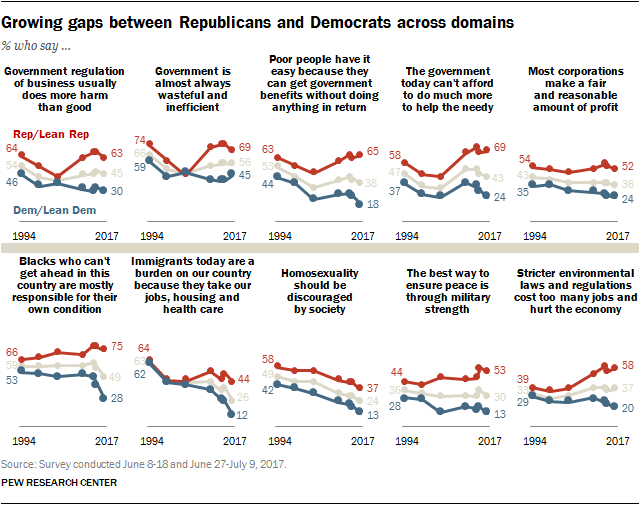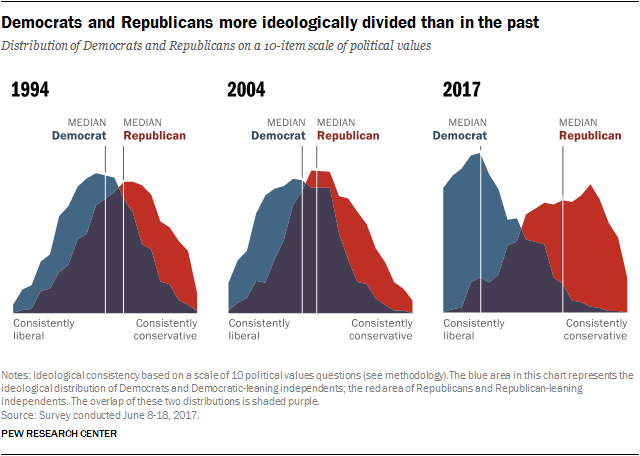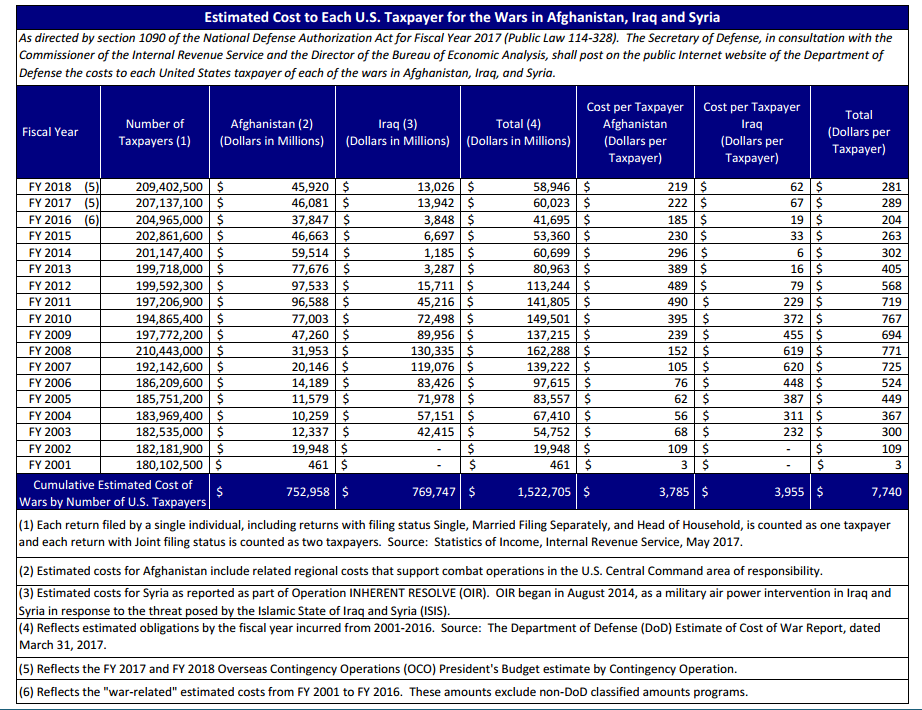Another example of perfect being the enemy of the good and good intentions paving away:
Flavor bans for e-cigarettes and menthol in combustibles are pressing policy issues that have received relatively little empirical study. Now that the FDA has the power to regulate flavors in both combustible and e-cigarettes, it has again been considering flavor bans for all types of cigarettes (FDA, 2017). Thus, there is an urgent need for an analysis of the impact of flavor bans on public health. Despite the need for this information, there are no studies predicting the impacts of alternative bans on the use of combustibles, e-cigarettes, and neither. We provide such information for adult smokers and recent quitters using a DCE and a large, nationally representative survey.
We find that flavors themselves serve as an attribute that drives choices across combustibles and e-cigarettes and choosing none. We conclude that flavor bans can be effective levers that affect smokers’ choices. Alternative flavor bans can either enhance protection of the health of the public or worsen it. Specifically, our results indicate that banning flavors in e-cigarettes, while allowing them to remain in combustibles, would result in the greatest increase in smoking of combustible cigarettes; and the use of e-cigarettes would decline (10.3 percent).
By comparison, we find that a ban on menthol combustible cigarettes would produce the greatest reduction (4.8 percent) in the use of combustible cigarettes across the flavor bans that we study. Much of this movement from combustible cigarettes would be to e-cigarettes (3.5 percent) and the remainder would be toward “none” (1.3 percent). Given that combustible cigarettes impose the most significant harms on those who smoke them, reducing the smoking rate would likely increase the health of the public. Our results suggest that policymakers need to consider simultaneously the impact of flavor policies on combustibles, e-cigarettes, and abstinence (pgs. 20-21).
One study found for “those aged 15 years and above in 2016, almost 6.6 million fewer premature deaths and 86.7 million fewer LYL due to cigarette use occur in the Optimistic Scenario. The average 15-year-old would increase their life expectancy by 0.5 years, reflecting the increased life span of those who have, or would otherwise have smoked cigarettes, switching to e-cigarettes.” Even in the Pessimistic Scenario, “a net gain of 1.6 million (1.4 million male; 0.3 million female) representing 6% fewer premature deaths and 20.8 million (17.8 million male; 3.0 million female) representing 8% fewer LYL are projected. Average life expectancy increases 0.08 years (0.14 male; 0.02 female).”[ref]E-cigarettes have also reduced smoking in Europe.[/ref]
While I’d prefer that people not smoke at all, I’m all for safer alternatives that reduce premature deaths.










 When it comes to political issues, we usually should not fight for what we believe in. Fighting for something, as I understand the term, involves fighting against someone. If one’s goal faces no (human) opposition, then one might be described as working for a cause (for instance, working to reduce tuberculosis, working to feed the poor) but not fighting for it. Thus, one normally fights for a cause only when what one is promoting is controversial. And most of the time, those who promote controversial causes do not actually know whether what they are promoting is correct, however much they may think they know…[T]hey are fighting in order to have the experience of fighting for a noble cause, rather than truly seeking the ideals they believe themselves to be seeking.
When it comes to political issues, we usually should not fight for what we believe in. Fighting for something, as I understand the term, involves fighting against someone. If one’s goal faces no (human) opposition, then one might be described as working for a cause (for instance, working to reduce tuberculosis, working to feed the poor) but not fighting for it. Thus, one normally fights for a cause only when what one is promoting is controversial. And most of the time, those who promote controversial causes do not actually know whether what they are promoting is correct, however much they may think they know…[T]hey are fighting in order to have the experience of fighting for a noble cause, rather than truly seeking the ideals they believe themselves to be seeking. Popular wisdom often praises those who get involved in politics, who vote in democratic elections, fight for a cause they believe in, and try to make the world a better place. We tend to assume that such individuals are moved by high ideals and that, when they change the world, it is usually for the better.
Popular wisdom often praises those who get involved in politics, who vote in democratic elections, fight for a cause they believe in, and try to make the world a better place. We tend to assume that such individuals are moved by high ideals and that, when they change the world, it is usually for the better.

 With philosopher Peter Godfrey-Smith’s
With philosopher Peter Godfrey-Smith’s 
